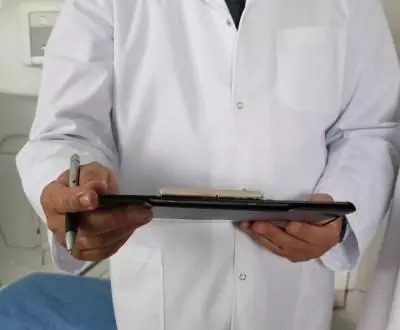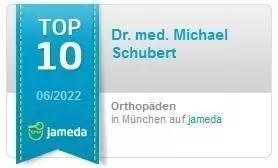Herniated Disc Therapy
The right therapy after a herniated disc
A herniated disc is usually extremely painful and can have long-term consequences. Just a few years ago, slipped discs were often treated prematurely with surgery. It can also be treated with painkillers, special heat treatments and suitable movement therapy. In this article you can find out which form of treatment is best for you.
symptoms and causes
Age and stress-related factors are often the cause of a herniated disc. Obesity, lack of exercise, but also injuries suffered can be the trigger of a herniated disc - as well as misalignments of the spine or a congenital weakness of the connective tissue.
Typical symptoms of a herniated disc include back pain and sensory disturbances in the arms and legs. In the worst case, paralysis in the extremities can even be expected. Targeted herniated disc therapy is therefore essential.
The ideal therapy
The two basic principles of a herniated disc therapy are the relief of pain with the help of medication and heat treatments and the normalization of the back muscles. This usually takes the form of sport or physiotherapeutic measures. The aim of the herniated disc therapy is for the patient to be able to move again without pain and symptoms and thus be able to master everyday life again without restrictions.
In the first phase of the herniated disc therapy, the attending doctor prescribes both painkillers and anti-inflammatory drugs. It is important that the patient takes them regularly and properly. Against this background, it is worth noting that the pain caused by the herniated disc causes a relieving posture. This causes the muscles in the back area to tense up and the pain could get worse.
A notice:
If the pain is too severe, most doctors will even administer local anesthetics after a thorough examination.
Heat treatments are excellent for pain relief. Heat promotes blood circulation and can also relax stiffened or cramped muscles in the back. It doesn't matter whether it's mud or fango packs, infrared light treatments or special, warm clothing: it's important to provide the affected part of the body with optimal warmth in order to benefit from greater well-being.
While strict bed rest was prescribed for a herniated disc until a few years ago, things are different today. We now know how important sporting activity or physiotherapy is to relieve the spine and relax the muscles. Walks, massages, relaxation exercises, aqua sports or swimming are particularly suitable. Even regular cycling or jogging can provide relief. However, which type of sport is really useful in individual cases should be discussed with your trusted specialist.
The relief of the back is elementary
Heavy lifting or performing physical activities in a stooped posture puts a considerable strain on the strained back. That is why such strenuous movements are taboo. In addition, disc patients should not lift heavy loads.
It happens that normal sports and exercise therapy does not bring the desired results. Then it can make sense to perform an operation to relieve the pinched nerve root and minimize the symptoms. Undoubtedly, an operation on an intervertebral disc is always associated with certain risks. Nevertheless, the length of stay in the hospital is usually no longer than about three to five days. After the operation, it is essential that the patient takes care of himself as much as possible. Each individual physical activity should be carried out slowly and carefully, and jerky movements should be avoided as much as possible.

